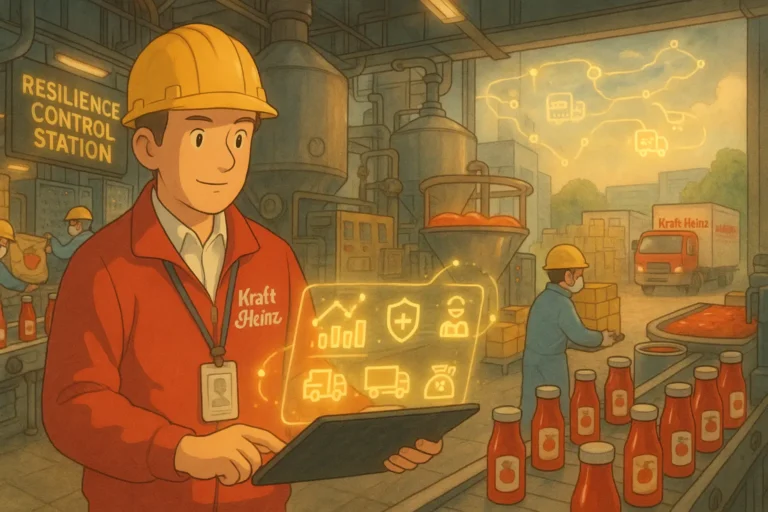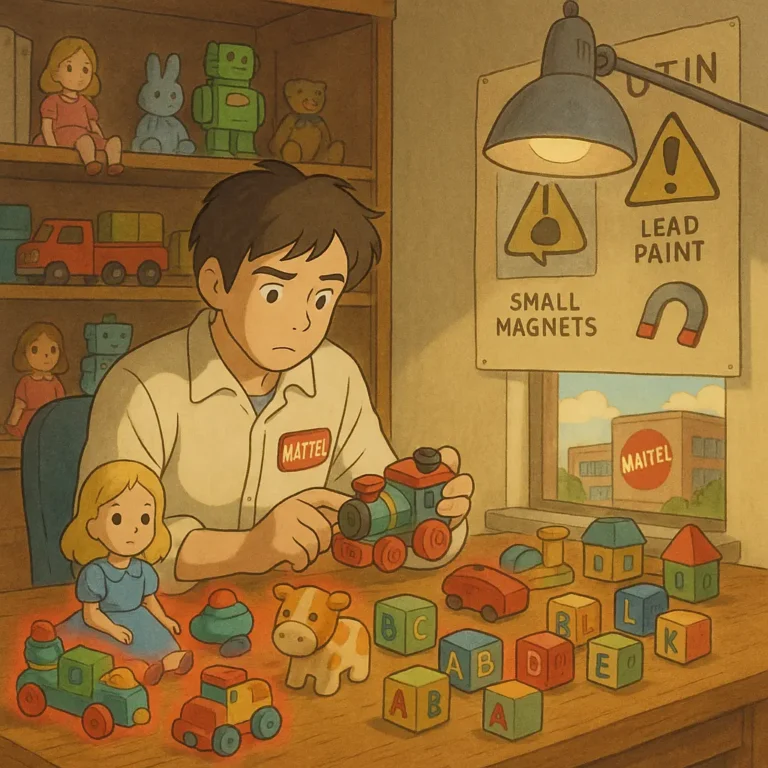
No supply chain stands alone, irrespective of the crisis going on across the world, which makes most supply chains susceptible to resource scarcity.
The world just recovered or is still recovering from COVID-19. But there are still conflicts and political instability all around that puts most supply chains at risk.
In some regions, we have droughts; in others, we have natural disasters. The point here is no matter how prepared or optimized a supply chain is. There could be times when it is faced with resource scarcity.
Since supply chains are typically the transformation of raw materials into consumable goods and services and then delivering them to the consumer, the resources in question typically consist of raw materials (direct and indirect).
Although it may not be your fault or your supply chain’s fault, it is still important to get ahead of it. In this article, we explore what to do when your supply chain is facing a scarcity of resources.
1. Prioritize Critical Resources
When facing resource scarcity, whether just one or multiple resources, one of the most important steps is to identify the critical nature of the resources in question and then prioritize.
The next step is to determine the parts of the supply chain where they are needed and the suppliers responsible for them.
With these, your supply chain gets in motion, giving it a strategy to work with. When you are able to determine and prioritize the most important resources, you can greatly reduce the risk.
It is also easier to attract the less important resources when you have the most important ones in stock.
2. Look Out for More Suppliers
More suppliers give you an opportunity to mitigate the risk and explore potential alternatives that ensure your supply chain has the proverbial plan A, B, and C.
When your supply chain is facing resource scarcity, it is typically the case that the current suppliers or partners cannot meet its demands.
This is why you need a wider pool of suppliers. And in many cases, thinking local could come in handy. This is especially true for agricultural businesses and supply chains.
When branching out or expanding your pool of suppliers, there is a risk that your new suppliers may not provide the same standard of service you are used to.
So managing your customer’s expectations might be quite useful here, especially when your supply chain is service-based.
3. Conserve Resources
In times of crisis, it is typical to want to conserve what you have. The same can apply to your supply chain when faced with resource scarcity.
You want to optimize usage and reduce the waste of such resources throughout the supply chain.
For instance, in many African regions, businesses have to source their own power or electricity, and they do this through the use of generators powered by fuel, diesel, or gas.
However, these products can get scarce sometimes, especially when there is an issue on the global stage. Although this is a good example of an indirect raw material or resource, these supply chains have to conserve the available fuel by turning the generators on or off, depending on the production level.
4. Continuous Monitoring
Keep a hawkish eye on the market. There are many reasons for this, but the primary reason is that it allows your supply chain to relax and return to normal operations.
Another reason is the cost of these resources. Typically, when there is scarcity, prices tend to go up, impacting your product’s selling price.
When the scarcity starts declining, prices will naturally decline until they reach the original state or at least close to it. If you don’t catch it in time and push your suppliers to adjust their prices, and in turn adjust the price of your product, you could lose lots of sales.
Continuously monitoring the market ensures you can spot good or bad changes, allowing you to adjust properly.
5. Explore Alternative Resources
When faced with resource scarcity, it might be time to explore the market and find alternatives to the resources in question.
It may not always be the case, but there are many instances where alternative resources can go into the production of the product, and the final product still turns out okay.
For instance, a production company relying on sugar can source alternatives such as saccharin, monk fruit extract, etc.
Now, there is a caveat: you must ensure your customers will buy into the new product, so it pays to gradually introduce it into the market and see how it goes.
Then again, the example above may not work. 🙂

Obinabo Tochukwu Tabansi is a supply chain digital writer (Content writer & Ghostwriter) helping professionals and business owners across Africa learn from real-world supply chain wins and setbacks and apply proven strategies to their own operations. He also crafts social content for logistics and supply chain companies, turning their solutions and insights into engaging posts that drive visibility and trust.








